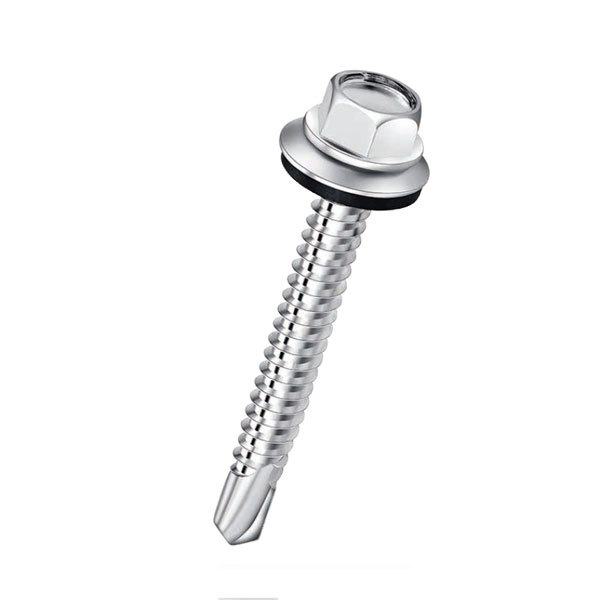cheap spring washer vs flat washer
Cheap Spring Washer vs. Flat Washer Understanding the Differences
When it comes to fastening components, both spring washers and flat washers play crucial roles in ensuring the performance and longevity of assembled products. However, the choice between a cheap spring washer and a flat washer can significantly impact the effectiveness of a fastening solution. This article explores the key differences between these washers, helping you determine which one is best suited for your needs.
Functionality
The primary function of a flat washer is to distribute loads over a surface, protecting the material from damage caused by the bolt or screw head. It also helps to prevent loosening due to vibration. Flat washers are designed to be load-bearing, which means they work well in applications where a solid, stable base is required.
In contrast, spring washers are specifically engineered to provide tension and flexibility. Their wavy or helical design allows them to absorb shocks and vibrations, which is especially beneficial in environments where parts may shift or move. Spring washers are often used in conjunction with bolted joints to maintain clamping pressure and prevent loosening over time.
Material and Durability
cheap spring washer vs flat washer

Both spring washers and flat washers can be made from various materials, including steel, stainless steel, and plastic. The choice of material affects durability, corrosion resistance, and overall performance. Cheap spring washers may be made from low-grade materials that do not provide the same level of performance or longevity as higher-quality options. On the other hand, flat washers are often available in a broader range of materials, making it easier to find a suitable option for specific environmental conditions.
Installation and Cost-Effectiveness
In terms of installation, flat washers are generally easier to install since they do not require any special orientation. They can be placed under a nut or bolt and are immediately effective. Cheap spring washers, however, need to be installed correctly to function properly. If installed incorrectly, they may not provide the intended tension and can lead to joint failure.
Cost-wise, cheap spring washers might seem like an attractive option due to their lower price. However, opting for a lower-cost solution can lead to higher long-term costs. If these washers fail due to inferior materials or design, the replacement and potential damage to assembled parts could outweigh any initial savings.
Conclusion
In summary, while flat washers and cheap spring washers serve important roles in fastening applications, your choice ultimately depends on the specific requirements of your project. If you need shock absorption and enhanced tension, spring washers are the way to go, provided they are of good quality. For applications requiring load distribution, flat washers are often the better choice. Always weigh the pros and cons, considering not just the price, but the long-term performance and reliability of your choice. Making an informed decision will lead to a safer and more durable assembly.
-
Top Choices for Plasterboard FixingNewsDec.26,2024
-
The Versatility of Specialty WashersNewsDec.26,2024
-
Secure Your ProjectsNewsDec.26,2024
-
Essential Screws for Chipboard Flooring ProjectsNewsDec.26,2024
-
Choosing the Right Drywall ScrewsNewsDec.26,2024
-
Black Phosphate Screws for Superior PerformanceNewsDec.26,2024
-
The Versatile Choice of Nylon Flat Washers for Your NeedsNewsDec.18,2024










